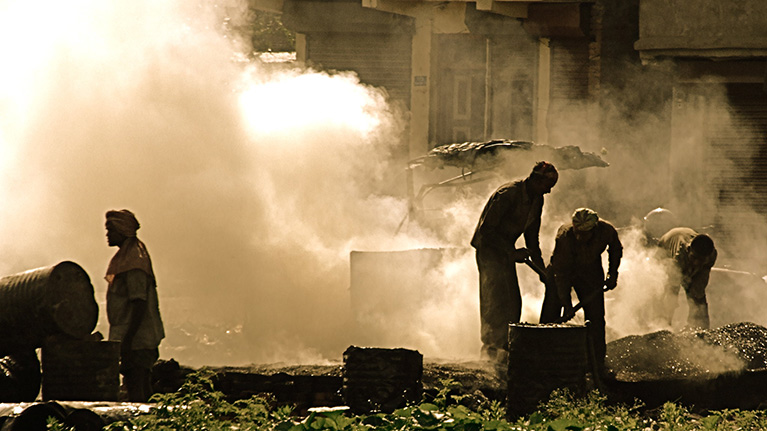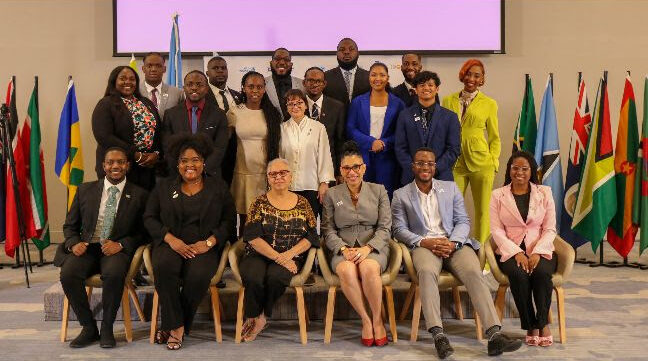This news article is a production distributed through Caribbean News Service. It is made freely available to your media and we encourage publishing and redistribution, giving credit to Caribbean News Service (CNS).
ST JOHN’S, Antigua, Nov 07 2015 – The Antigua and Barbuda government says the first phase of a 10 megawatt (MW) solar photovoltaics project has been completed as it develops the island’s renewable energy potential and improve the delivery of energy services to the population.
Tourism, Economic Development Investment and Energy Minister, Asot Michael, in a message to launch CARICOM Energy Week here, said that installation of the farm will shortly be interconnected to the national grid.
He said other phases involve the placement of two MW of solar power on various government buildings across the island, the establishment of a four MW site in the south of the island and installation of up to one megawatt of solar power in Barbuda.
He said the three MW site already constitutes the largest solar power facility in the sub-regional Organisation of Eastern Caribbean States (OECS).
“The project is intended to reduce the government’s requirement on APUA (Antigua Public Utilities Authority) for fossil fueled powered electricity, resulting in considerable savings in foreign exchange payments for oil, reducing Antigua and Barbuda’s contribution of greenhouse gas emissions, and leading ultimately to an overall reduction in the cost of electricity in Antigua and Barbuda.”
Michael said that other components of the programme include hands-on on-site and international training for APUA technicians, equipment required for enabling the interconnection of the renewable energy into the APUA grid including battery storage, and on site operations and maintenance oversight for a two year period.
“In addition to this major initiative the government is also working to advance its programme for transforming the energy sector in other critical areas as an element of establishing Antigua and Barbuda as a centre for economic growth in the eastern Caribbean.
“A critical move in this regard has, of course, been the recent acquisition of the West Indies Oil Company allowing government, in cooperation with our international partners, to identify and exploit niche areas in the regional market,’ Michael said.
He said later this month, heads of government and captains of industry from around the world will gather in Paris for the 2015 United Nations Climate Change conference.
“Energy will be at the centerpiece of these negotiations as the global community tries to address the challenges posed to development from a rapidly changing climate with the adverse changes in our climate being, driven largely by unsustainable burning of fossil fuels.
“Countries, including small developing countries like Antigua and Barbuda, will be expected to agree on binding targets for energy use which allow for low carbon economic growth while preserving our Earth’s delicate ecology.”
Michael said that it is against that background that Antigua and Barbuda must move proactively to embrace new and innovative mechanisms for sustainable energy practices and policies and that CARICOM Energy Week provides an opportunity to do so.
The Week is being observed under the theme “Empowering our Sustainable Development” that Michael said emphasises the link between energy and sustainable development.




